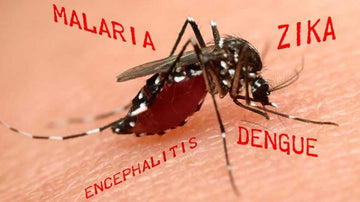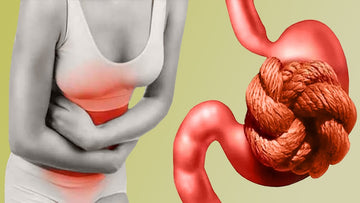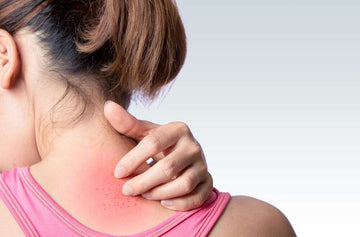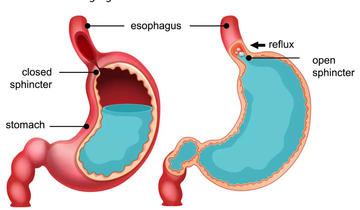
Definition
Tendinitis refers to the inflammation of a tendon, which is the thick, fibrous tissue that connects muscles to bones. It commonly occurs due to repetitive motion, overuse, or injury, leading to symptoms such as pain, swelling, and restricted joint movement in the affected area.
Causes of Tendinitis
Tendinitis is primarily caused by repetitive motion or overuse of a specific tendon. Other contributing factors include injury, aging, improper technique during physical activity and certain medical conditions like rheumatoid arthritis or diabetes.
Sign and Symptoms-
Common signs and symptoms of tendinitis include pain and tenderness around the affected tendon, swelling, and difficulty moving the associated joint.
There may be a sensation of grating or crackling when the tendon is moved. Symptoms often worsen with activity and may lead to weakness in the affected area. If you suspect tendinitis, seek medical evaluation for an accurate diagnosis and appropriate treatment.
Risk factors-
Risk factors for tendinitis include age (more common as people get older), repetitive activities, sports that involve repetitive motions, and certain medical conditions like rheumatoid arthritis. Complications can include chronic pain, restricted joint movement, and in severe cases, the possibility of tendon ruptures. Early diagnosis and appropriate treatment can help prevent complications.
Management of Tendinitius According to Ayurveda-
In Ayurveda, managing tendinitis typically involves addressing imbalances in the doshas, particularly Vata. Here are some general principles:
- Herbs: Turmeric, ginger, Boswellia, and ashwagandha are often recommended for their anti-inflammatory properties.
- Diet: Emphasize warm, cooked foods and include spices like turmeric and ginger. Avoid cold, raw foods and excessive intake of dry or processed foods.
- Lifestyle: Gentle exercise, such as yoga and walking, can be beneficial. Adequate rest is crucial for the healing process.
- Oil Massage (Abhyanga): Massaging the affected area with warm sesame or coconut oil may help alleviate pain and reduce inflammation.
- Ayurvedic Therapies: Panchakarma, a set of cleansing therapies in Ayurveda, might be suggested to remove toxins and restore balance.




